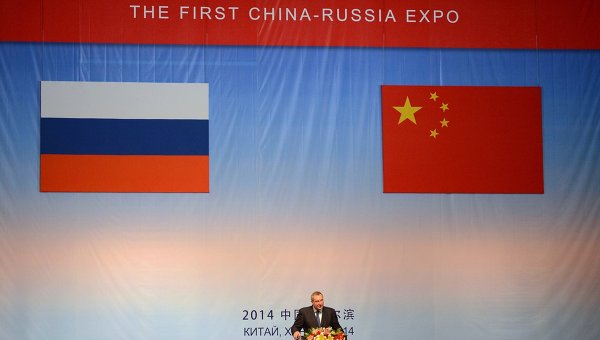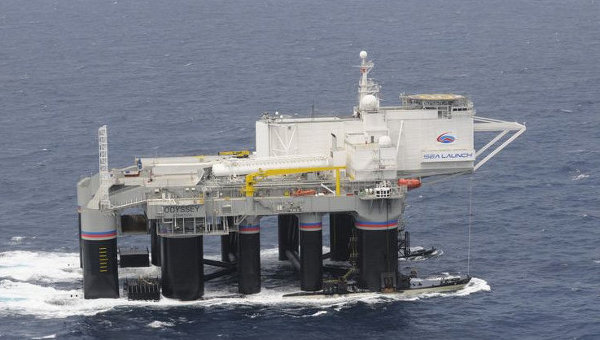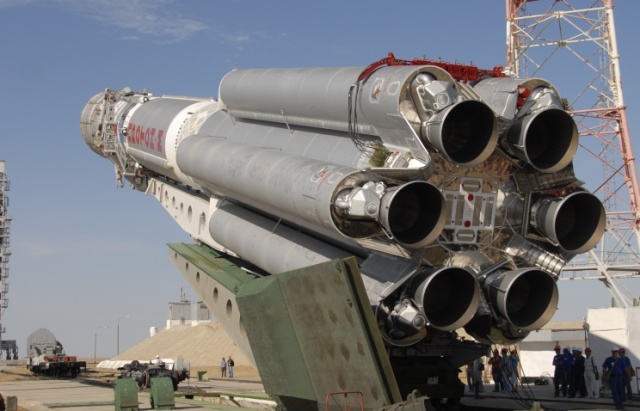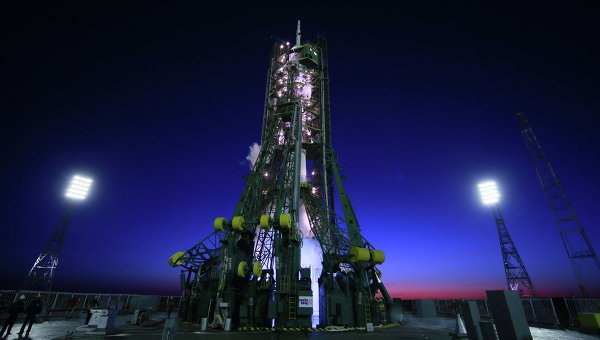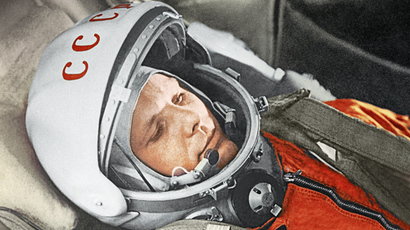
On March 9, legendary Soviet cosmonaut Yury Gagarin, the first man in space, would have turned 80. His 108-minute epic orbital flight on April 12, 1961 ushered in the era of space exploration – and his charming smile became its symbol.
Blasting into space aboard Soviet rocket Vostok One, Gagarin also blasted into the history of mankind. He returned to Earth as an international hero, proving that a human can indeed fly to the stars.
One of the most famous people on the planet, he remains a much loved and respected figure in Russia. For many, Gagarin is the symbol and pride of the Soviet epoch; the epoch that was not all about the Cold War, Communist ideology, and the Iron Curtain, but also about scientific, engineering, and technical progress and achievements – something that some Soviet-born people still feel nostalgic for in the new era, where market and money rule the game.
Yury Gagarin was born into a poor family on a collective farm on March 9, 1934 in the village of Klushino, near Gzhatsk (now called Gagarin in his honor) in the Smolensk region. In 1941, just as Yury entered secondary school, the village was occupied by Nazi forces who shipped his elder brother and sister to labor camps in Germany.
After WWII, Yury and his family moved to Gzhatsk, where he continued his studies which had been disrupted by the Nazi occupation. The town seemed too small for him, and Gagarin – always active and goal-oriented – wanted to move further.
In 1949, Gagarin entered a vocational school in Lyubertsy, near Moscow, where he earned a diploma in mold-making and foundry work. In 1951, he enrolled at Saratov Industrial Technical School and joined a local aviation club – a step that defined his future choice of career and changed his life forever.
“Starting from the 1930s, all boys raved about aviation,” Gagarin’s daughter Elena said in an earlier interview with RT. “Soviet pilots set numerous records, and, of course, during the war, Soviet pilots were a force that could withstand all the hardships that fell on this country’s fate. Besides, planes and helicopters were the most advanced technology at that time. That is why everybody who wanted to serve in the army and test new hardware wanted to be pilots.”
Yury Gagarin had dreamed of flying since childhood and “did everything within his power to make his dream come true,” his daughter said.
In 1955, the future first human in space was called up for military service and sent to study at an aviation school in Orenburg.
Gagarin was rather short – only 165 cm (according to some sources 157 cm) – which made it difficult for him to see the runway through the cockpit window during plane landing. One of his instructors at the aviation school, Yadkbar Akbulatov, recalled that Gagarin solved the problem by placing a cushion under his seat.
But Gagarin’s height was no obstacle to becoming a great basketball player. Also, it was largely thanks to his small size that he was later selected to become a cosmonaut, as the cockpit of the projected spaceship was rather tiny.
In 1957, already a qualified fighter pilot, Gagarin decided to serve with a Northern Fleet aviation unit in the Arctic. The same year, he married Valentina Goryacheva, with whom he had two daughters: Elena (born in 1959) and Galina (born in 1961).
“He chose, perhaps, the hardest of all possible jobs: he worked in the conditions of the far north in the Murmansk region,” his daughter Elena said. “Gagarin served there pretty long, despite the fact that he had been offered the position of a flight instructor upon his graduation from the Orenburg military school.”
On December 9, 1959, Gagarin applied to join a squad of candidates who would become cosmonauts. A week later, he was invited to Moscow for medical tests.
“When Gagarin heard that they were selecting people for a squad that would test much more modern and upgraded hardware, absolutely new vehicles, he was one of those who applied and began undergoing a medical checkup,” his daughter said.
Red-carpet meeting of the world’s first spaceman Yuri Gagarin in April 1961 before his report to the government after his sensational orbital flight.(RIA Novosti / Chernov)
Sporty and healthy, he passed the rigorous medical examination and was declared suitable for space missions. On March 3, 1960, Gagarin was included in the group of 20 prospective cosmonauts and on March 25, he began his training.
“Yury Gagarin looked like everyone else; all the men arrived of approximately the same age and weight. And the reason was obvious: the spacecraft was designed for an average-sized man,” recalled Ada Kotovskaya, once Gagarin’s personal physician, who monitored the health of the future cosmonauts.
Speaking earlier to RT, she said the young men did not know what they had to face because the work was extremely classified. They were only told they were about to test the new craft – but they were completely unaware what kind of craft it was.
The eventual choices for the first launch were Gagarin and Gherman Titov. But on April 10, an official commission picked Gagarin for the flight, appointing Titov as his backup.
On April 12, 1961, Gagarin began the first person to orbit Earth. Seconds after the launch, he yelled his famous “Poyekhali!” (Let’s go!), piloting humanity to new discoveries and the Soviet Union to its victory over the US in the race to get the first man into space.
The First cosmonaut Yuri Gagarin in cockpit of spaceship “Vostok” before takeoff. Cosmodrome Baikonur, April 12, 1961.(RIA Novosti)
There were many myths surrounding the decision to choose Gagarin as the first cosmonaut, including his famous smile and background.
A Baikonur legend says that he was preferred over his substitute Titov because of his good manners: when he entered the spaceship training module, he took off his shoes. For Sergey Korolev, the chief space designer and the mastermind behind the first-ever manned space flight, this was, allegedly, a sign of respect and determination. There was apparently a combination of things that contributed to the choice, including Gagarin’s excellent performance during the training, his charisma, and, of course, luck.
Gagarin’s flight lasted only 108 minutes, and he was never allowed to fly into space again – something he dreamt of most of all.
“He really wanted to continue flying, and he was very jealous of his fellow spacemen who got to spend much more time out in space,” his daughter Elena recalled. “He was very interested in space missions. He dreamed of mastering the new equipment; he wanted to participate in the lunar program. And in Korolev’s time, they started developing the Martian program, so he believed that he would definitely participate in it, too.”
On March 27, 1968, while on a routine training flight, Gagarin was killed in a MiG-15UTI crash near the town of Kirzhach. The death of the 34-year-old cosmonaut became a nationwide tragedy, with tens of thousands of people attending his funeral. Gagarin was laid to rest in the wall of the Moscow Kremlin on Red Square.
Funeral of the Heroes of the Soviet Union, pilot-cosmonaut Yuri Gagarin and colonel-engineer Vladimir Seregin. Funeral meeting on Red Square.(RIA Novosti / Lev Ivanov)
Funeral of the Heroes of the Soviet Union, pilot


